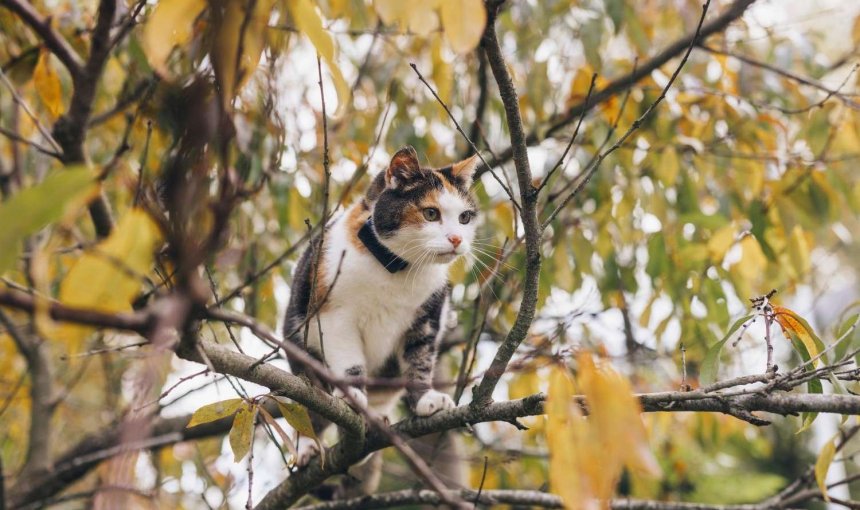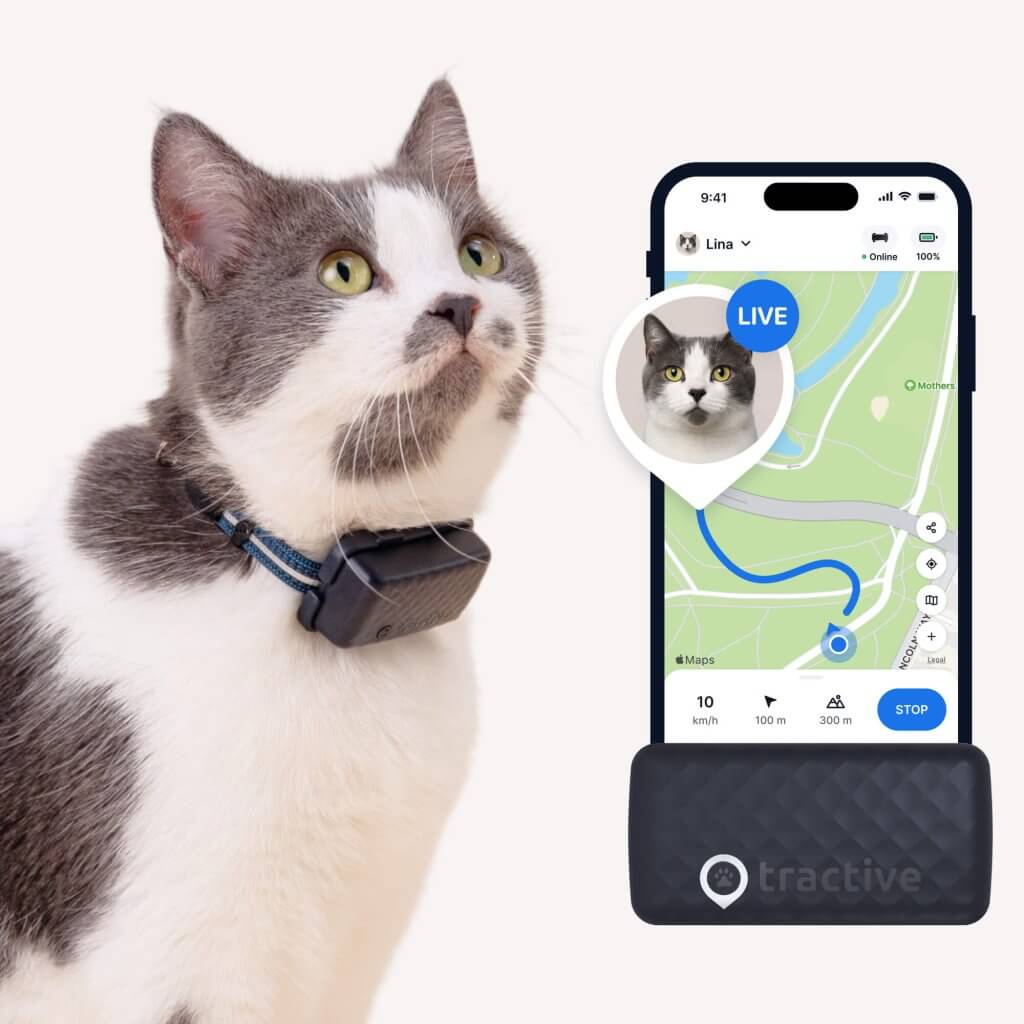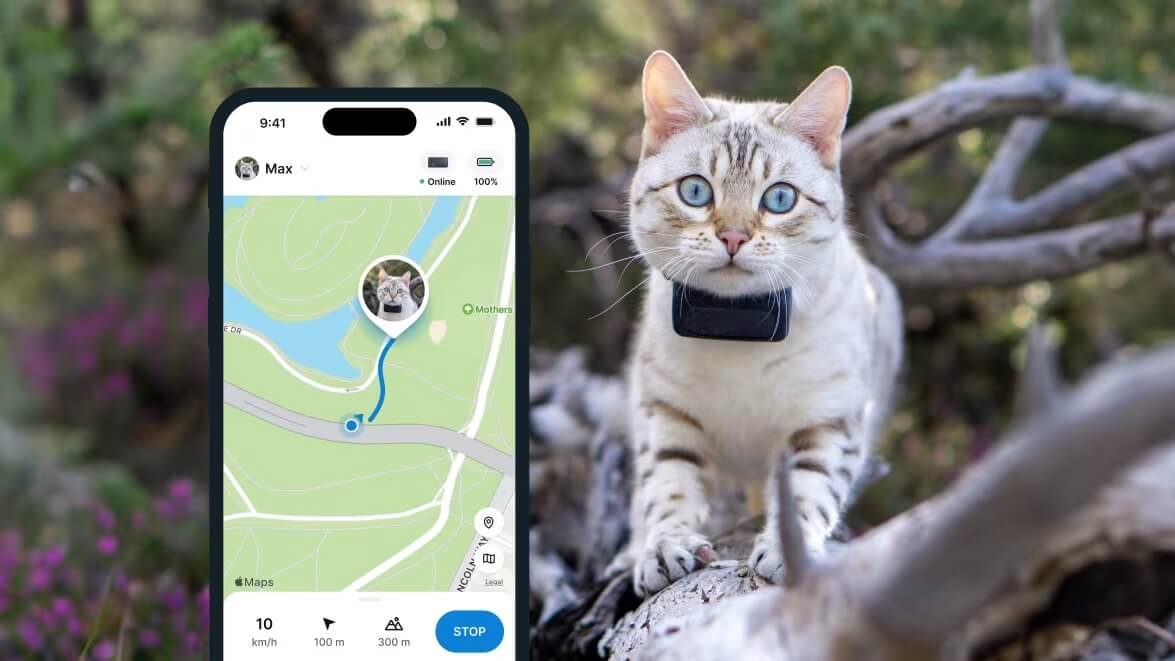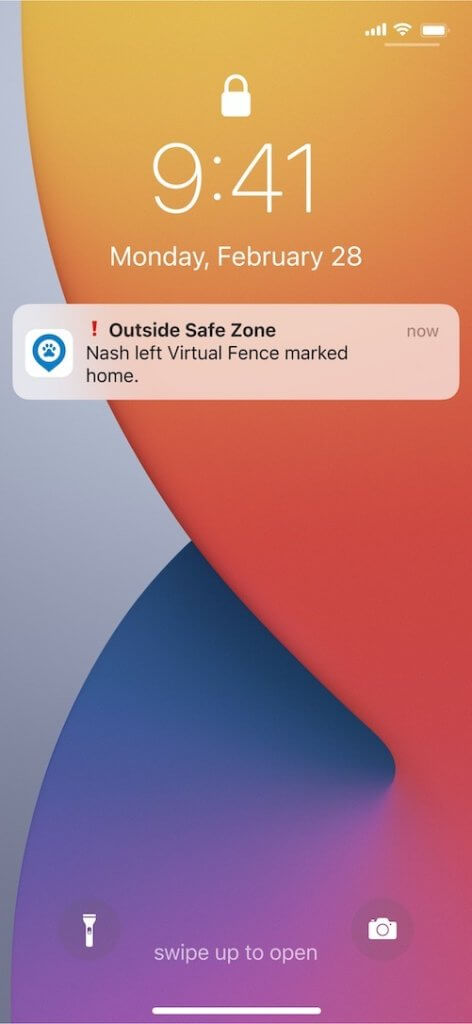Can Cats Find Their Way Home? (Like, Really?)
While some cats might have the sharp instincts and survival skills to find their way back home, they're still vulnerable to dangers outdoors. So why risk them getting lost at all? Here's how your cat might find their way back home - and what you can to do to prevent them from getting lost in the first place.

Cats run away and go missing for all sorts of reasons. So you might’ve dealt with at least one “missing cat” situation in your life. But can cats find their way home? Are their senses as good as dogs’ – and can these help them make their way back to you if lost? Here’s everything you’ve wanted to know about your cat’s “homing” senses – and how you can prevent them from going missing in the first place.
Key Takeaways
Cats’ sense of smell and the ability to feel the Earth’s magnetic fields can help them make their way home. They also use scent marks to create a map of their territory.
Instead of just hoping your cat can find its way home, it’s better to make sure they don’t get lost in the first place. You can do this by making sure your home is secure and that your cat is easy to identify with a collar and a microchip.
To always know where your cat is, you can use the Tractive smart cat collar with real-time GPS tracking. From your app, you can see their exact location in real-time, set up a “safe zone” around your home, and get an escape alert on your phone if they wander off.

Find out where your cat spends their time.
Read moreCan cats find their way home?
Unfortunately, it depends. If your cat is already used to wandering around the outdoors, they might be more likely to find their way back home. The theory is that a cat may instinctively be able to choose the correct direction even if it finds itself in a place for the first time. They may be among those animals able to sense the Earth’s magnetic fields. Also, the presence of iron in mammals’ inner ears and skin may act like a natural compass.
Do cats have a good sense of direction?
Yes, in general, cats have an excellent sense of direction. That’s a key reason why many lost cats are able to find their way home. While not as extensively studied as the homing abilities of pigeons or migrating birds, a cat’s ability to navigate is believed to be a combination of several skills and senses.
How can cats find their way home?
- Scent.
A cat’s sense of smell is far more powerful than a human’s. They use scent markers from their own glands (and those of other animals) to create a detailed “scent map” of their territory. Even if they are miles away, they may be able to pick up familiar smells carried on the wind to orient themselves. - Sensitivity to magnetic fields.
Some researchers believe cats may be able to detect the Earth’s geomagnetic fields, using them as a sort of internal compass. This is a fascinating theory that is still being researched, but it could explain how a cat can find its way home even in unfamiliar territory where scent and visual cues are absent. - Visual memory
Cats are keen observers and have a strong visual memory. They create mental maps of their environment, remembering landmarks like trees, houses, and specific routes. A cat that has been in an area before will use these visual cues to retrace its steps.
All these factors, working in combination, contribute to a cat’s impressive homing instinct. However, a cat’s ability to find its way home can be affected by many factors. These include your cat’s personality, how far they are from home, and the terrain.

Track your cat wherever they go
Get real-time location information, wherever they go. Find out when they go somewhere they shouldn’t, with Virtual Fences. And discover their favorite spots with Territory.
How far do indoor cats roam when lost?
The majority of lost indoor cats are found very close to home. Many are recovered within a radius of just a few houses or even a few hundred feet from the escape point. They are often hiding in a neighbor’s yard, under a deck, in a bush, or even in a garage or shed. The distance a lost indoor cat travels can also depend on their personality. A timid, shy cat will likely hunker down and not move for days, or even weeks. A bolder, more curious cat may venture a little further once the initial fear subsides, but they still typically remain within their immediate neighborhood.
That’s why it’s important to understand your indoor cat’s behavior when out and about. Unlike an outdoor cat, their homing instincts might not be as sharp. So their immediate, instinctive response might be to hide instead. They also might not respond to your calling out their name – even if you’re standing right next to their hiding spot! So it’s always better to search for them physically instead.
Unlike outdoor cats that are familiar with the territory, a cat that has only ever lived indoors is suddenly in a foreign and terrifying environment. This is why many owners believe their cat has been stolen or run far away when in reality, it’s just a few feet from their home. So it’s best to assume your lost indoor cat is hiding nearby. Ask your neighbors to help and thoroughly check any porches, sheds, dense bushes, or crawl spaces. Your cat might also be likely to emerge from hiding in the quiet, late-night or early morning hours.
Read More:
Can a cat find its way home 2 miles away?
For most healthy, adult felines, the answer is a confident “yes.” 2 miles is a distance that is well within the homing range of many cats. A journey of a couple of miles is a much more realistic and common occurrence. With their sense of smell and familiar sights and sounds, your cat is likely to make their way home if it’s within a few miles.
However, a cat’s ability to find its way home is not foolproof. You should also consider:
- Your cat’s personality.
A timid, indoor-only cat that gets out for the first time will likely hide in fear nearby. An adventurous, experienced outdoor cat, however, will be much more capable of navigating a two-mile journey. - Obstacles.
The presence of a busy road, a river, or other difficult terrain can present a dangerous or even insurmountable obstacle for a cat. - Your cat’s health.
An injured or sick cat will be less inclined and less able to travel. They may seek a quiet, secluded place to hide, even if it’s close by. - How long has your cat gone missing for.
The longer a cat is gone, the more likely they are to become disoriented. This is especially if their scent trail fades or their environment changes due to weather.
⚠️ Outdoor cats – who are more likely to have these heightened senses due to practice – only tend to have an average lifespan of 2-11 years. Indoor cats can live up to 20 years. But they might not have the same keen sense of smell or survival skills for the outdoors. Either combination could turn your lost cat’s wanderings into some dangerous escapades.
How to prevent a “lost cat” situation
Ensure your cat is easy to identify
With their very own collar, ID tag, and ideally a microchip. All of these help a stranger, vet, or shelter identify you as the cat’s owner. Then, they can inform you they’ve found them. A cat that’s picked up by a shelter might be rehomed – or even euthanized – if the staff can’t identify an owner past a certain holding period.
💡 It’s also a good idea to ensure you and your cat are familiar faces in your neighborhood. So your neighbors can all lend a helping hand during your search. Or alert you if they see your cat wandering around their backyards.
Escape-proof your home & backyard
The best way to ensure your cat never gets lost is to prevent them from getting out in the first place. Here’s how you can escape-proof your home and backyard:
- Secure doors and windows
Consider installing window screens and ensuring they are in good repair with no tears or gaps. For doors, be vigilant about a cat attempting to slip out when you enter or leave. - Create an outdoor enclosure
A catio (cat patio) is a fantastic way to give your cat safe outdoor access. (Without the risks of them roaming free.) These can range from simple window boxes to elaborate, multi-level enclosures connected to your home. Catios allow your cat to enjoy fresh air, sun, and the stimulation of the outdoors while remaining completely contained. - Regularly inspect your fences and gates
Check for any holes, loose boards, or gaps underneath. Cats are surprisingly good at squeezing through small spaces. You might also consider installing cat-proof fencing. This often includes a special overhang or roller system at the top to prevent cats from climbing over. - Supervised backyard time
If you’re hesitant about a full-on catio or leash training, just supervising your cat when they are in the backyard can be a good option. This ensures you can intervene immediately if they try to make a dash for it.
Read More: How to Keep Cats From Jumping Fence (And Why They Do It)
Use a smart cat collar as an emergency measure
While microchips and ID tags are super important for finding your cat, they only work after your cat is already lost. In these cases, a smart collar with GPS tracking, like the ones from Tractive, can help prevent a “lost cat” situation in the first place. Strapped to your cat’s collar, you can now:
- See where your cat is right now.
In an emergency, every second counts. Your Tractive tracker shows you your cat’s exact location on a map in real-time. This means you can see where your cat is going and follow them right away, instead of just hoping someone finds them.

- Figure out where your cat spends their time.
Your tracker saves your cat’s travel history, so you can see all the places they’ve been. A “heatmap” can even show you their favorite spots to hang out or hide. This is a huge help if your cat ever does go missing, because you’ll know exactly where to start looking. - Set up a safe zone.
From your app, you can create a “Virtual Fence” around your house or yard. If your cat leaves this safe area, you’ll get a message on your phone right away. This gives you a chance to go get them before they get too far away or into trouble.


- Find them in their hiding spots.
When you’re close but still can’t see your cat, you can make the collar make a sound or light up via an LED light. This can help you find your cat when they’re hiding under a car, in a bush, or in a neighbor’s shed.
A GPS cat collar like Tractive is a perfect extra layer of protection. It gives you a way to find your cat if they get lost, helps you learn more about their habits, and gives you a system to stop them from ever becoming a lost pet in the first place.
And if you’ve liked this post, share it with a friend or a loved one – and let’s help build a safer, kinder world for our furry friends together.



